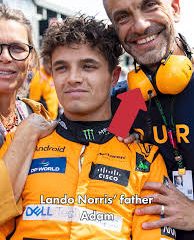An Overview of DP World Tour Prize Money

Introduction
The DP World Tour, formerly known as the European Tour, has emerged as a significant platform for professional golfers across the globe. With its diverse events and a rich history, the tour has not only raised the profiles of many players but also reshaped the financial landscape of golf. As prize money becomes an essential aspect of player contracts and motivations, understanding the trends in DP World Tour prize money is vital for fans, players, and analysts alike.
Current Prize Money Landscape
In recent years, the prize money allocated across various tournaments on the DP World Tour has seen substantial increases, particularly post-2020. For the 2022 season, the DP World Tour announced a record prize fund of over €140 million, facilitating stronger financial backing for tournaments and increasing player earnings. This increase has been partially attributed to the growing partnership with DP World, a global logistics company, which allowed for enhanced sponsorship opportunities and investment.
The flagship event, the DP World Tour Championship, offers the largest individual prize of the season, with a purse of €10 million, showcasing the shifting dynamics within professional golf. Other notable tournaments like the BMW PGA Championship and the Irish Open are also contributing to this growing financial narrative, with their purses exceeding €7 million.
Effects on Players and Competitions
The surge in prize money has had a profound impact on the competitive landscape of the tour. With higher earnings at stake, golfer participation has increased, leading to more intense competition among the top-ranked players. Notably, elite golfers are drawn to the lucrative prize money opportunities, which in turn raises the global profile of the tour.
Moreover, the increased financial rewards contribute to the sustainability and growth of the sport, fostering new talent through enhanced developmental pathways. It also provides established players with broader financial security and sponsorship opportunities, allowing them to focus on performance rather than mere financial survival.
Conclusion
The evolving prize money structure of the DP World Tour signifies a forward progress in the sport of golf, promising to attract better talent and grow its audience further. As the financial landscape of professional golf continues to adapt, stakeholders, including players, sponsors, and fans should closely monitor these developments. The current trajectory suggests that the trend of increasing prize funds will not only persist but could potentially transform the competitive nature of golf as we know it. The coming years are likely to reveal even more shifts, with significant implications for how the sport is played and perceived worldwide.









